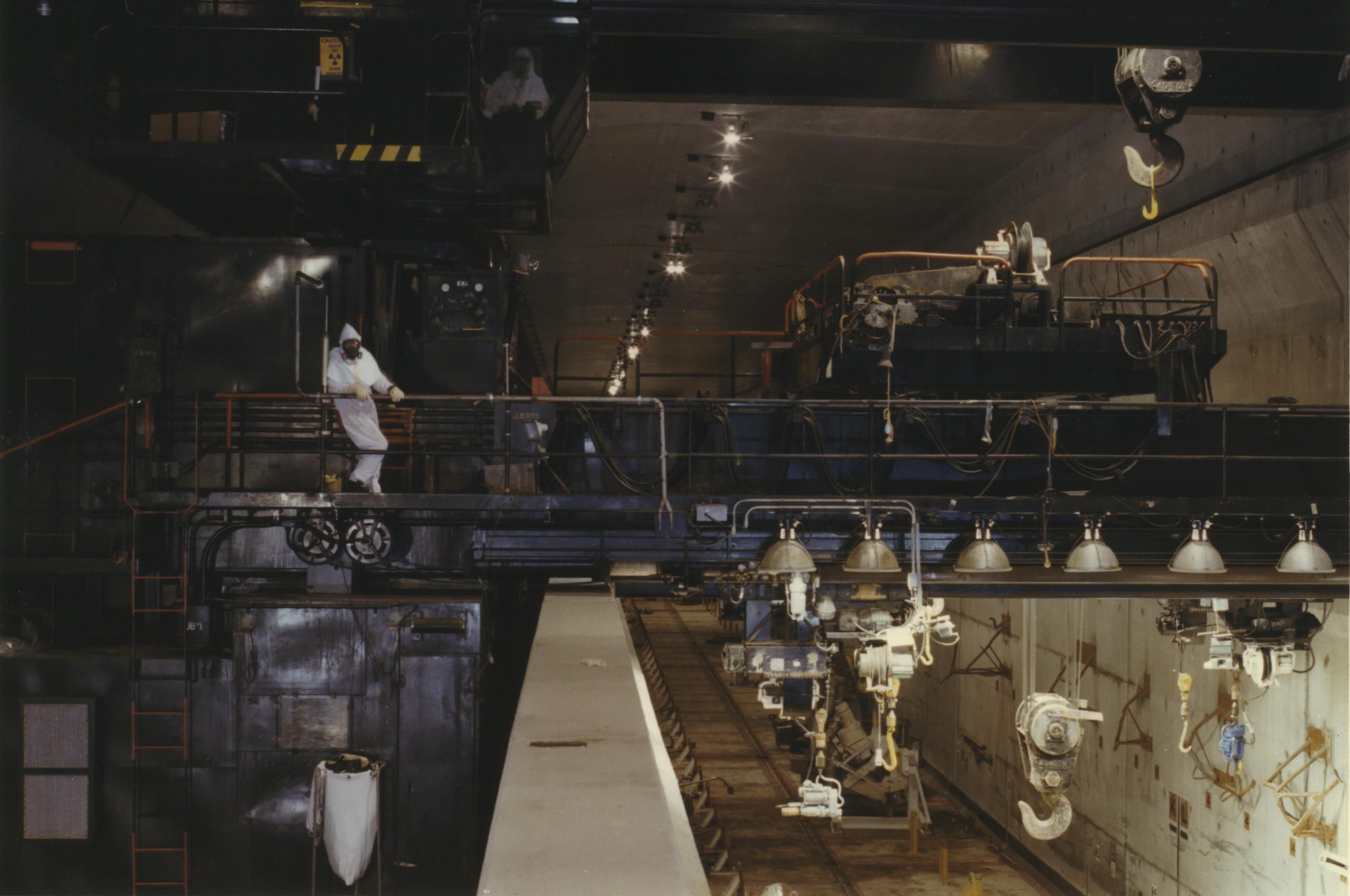Area around Hanford’s PUREX plant has been dumping ground for radioactive and chemical waste for years

For decades during the Cold War arms race, nuclear waste was dumped at the Hanford Nuclear Reservation’s sprawling 200 East and 200 West areas.
The PUREX plant, a massive concrete bunker the length of three football fields that chemically extracted plutonium from nuclear fuel rods, is in the 200 East area. It was built in 1955 and closed in 1990.
For every pound of plutonium created, PUREX spit out 170 gallons of highly radioactive waste, 27,000 gallons of less radioactive fluid and more than 1.25 million gallons of cooling water.
Radioactive and chemical waste dumped in these areas polluted the desert soil, clogged the pipes and crannies of now-abandoned buildings and contaminated tumbleweeds rolling across the desert, reporter Karen Dorn Steele wrote for The Spokesman-Review in June 2000.
“Dangerous liquid wastes were poured into the soil for more than 40 years – a crude disposal method that’s outlawed today. In all, about 440 billion gallons of liquids soaked into the ground,” Steele reported.
The Plutonium Finishing Plant in the 200 West area was deactivated in 1996 and contains about 12 tons of plutonium, a radioactive element that poses a major cancer risk if inhaled. The plant made headlines in 1997 and 1998 when an old chemical tank exploded and an unmonitored underground storage tank was found to contain dangerous plutonium sludge.
Hanford’s most lethal liquid wastes are stored in these two areas in 177 underground tanks, some of which have leaked deep into the desert soil. The oldest – fragile single-shell tanks – periodically belch and rumble with unstable gases. The tanks contain about 54 million gallons of high-level waste.
From 1944 to 1966, more than 120 million gallons of highly radioactive tank wastes were poured into cribs - covered trenches – in the 200 East area because Hanford was running out of tank space. The cribs acted like a septic tank drain field. They received low- and medium-level uranium-bearing waste from 1952 to 1958, which then leached into the ground. The soil was expected to filter out radioactive particles before the waste hit ground water.
The PUREX site also factored into the controversy over the accuracy of government estimates of radiation doses received by the public from Hanford’s weapons factories. A $27 million government study to estimate doses was called into question by scientific organizations, including for a series of 1963 emissions from the PUREX plant tracked and measured by Hanford monitors. The model underestimated the radiation emissions by four to 11 times on the Wahluke Slope near the small Eastern Washington farm towns of Mesa and Eltopia.

